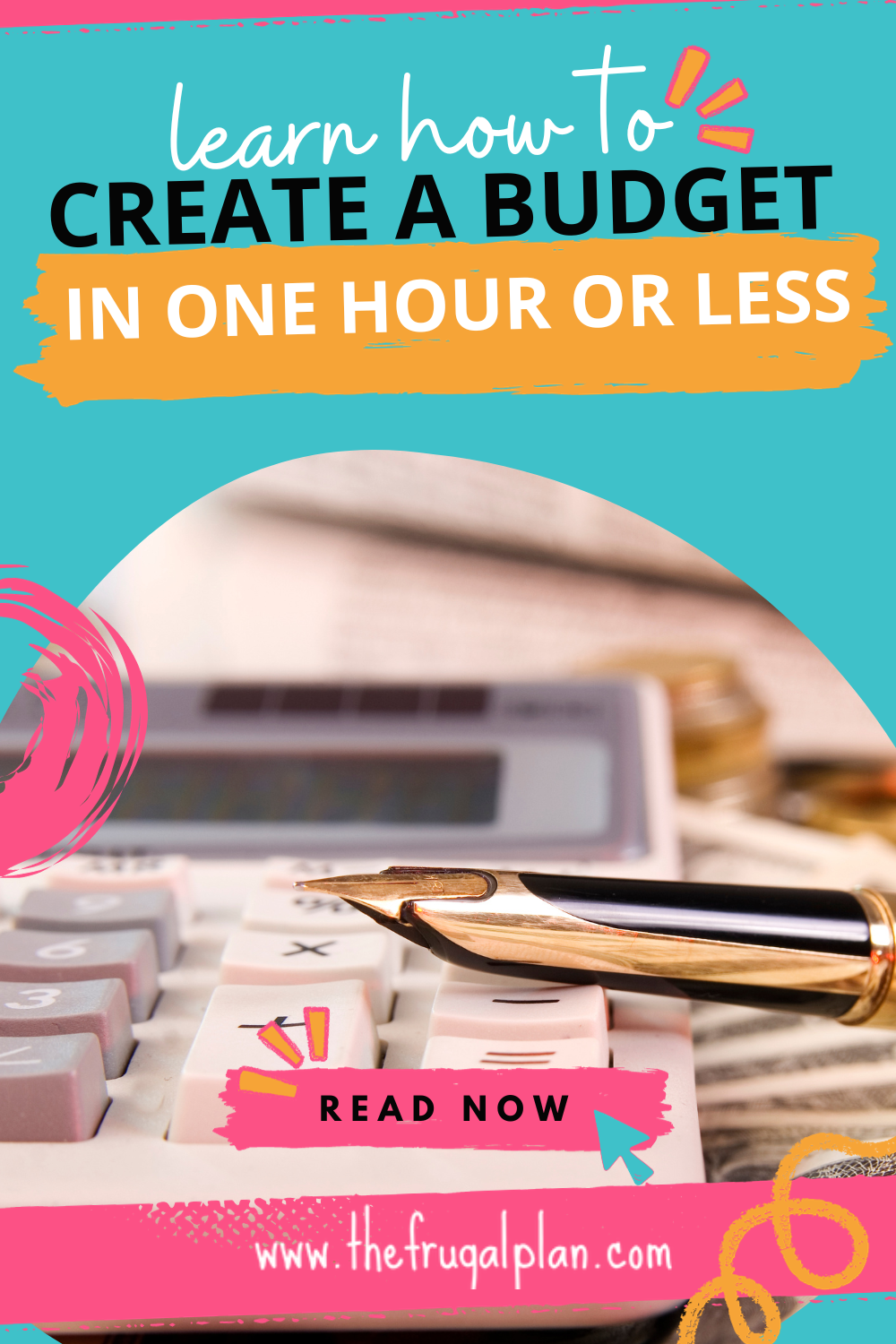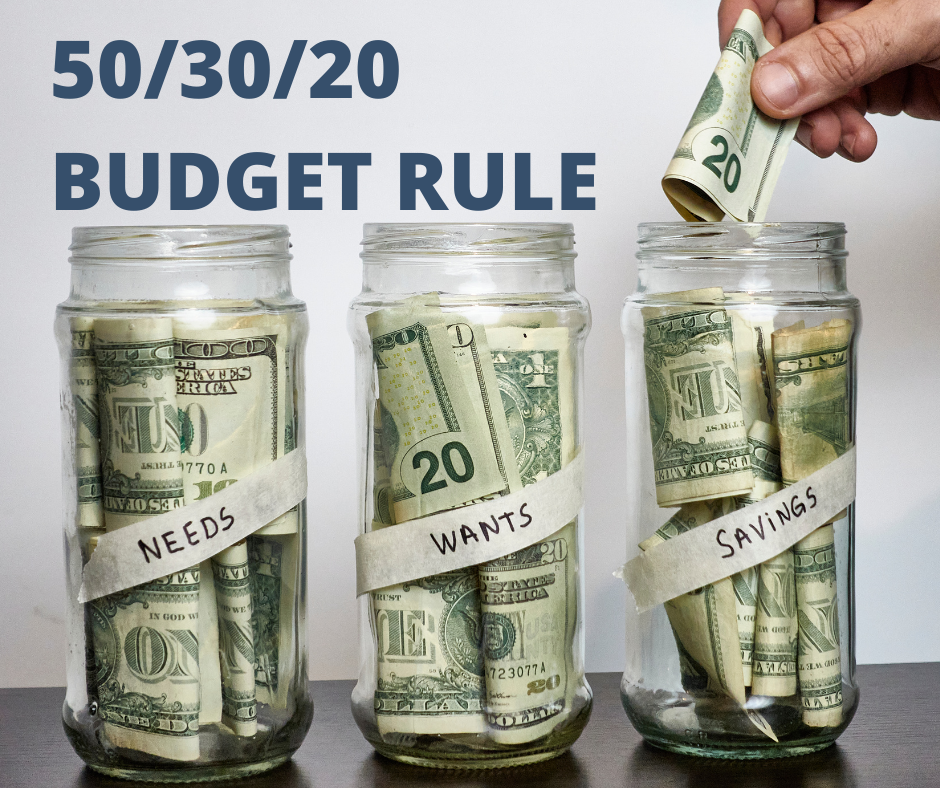HOW TO CREATE A BUDGET: STEP-BY-STEP
WRITTEN BY: Nasha | The Frugal Plan
DISCLOSURE: This post may contain affiliate links. This means that I may receive a commission for purchases made through the links on this website, but at no extra cost to you. As an Amazon Associate, I earn from qualifying purchases. Please click here for complete disclosure.
Are you constantly overspending? If so, take advantage of this how-to-budget step-by-step tutorial! Here you will learn how to create a budget in minutes the correct way. There is more than one way to budget, but here we will focus on the 50/30/20 Rule.
The 50/30/20 Rule is one of the easiest ways for beginners to start budgeting and is one of the best ways to create a realistic budget.
1. EVALUATE INCOME
First, figure out your total monthly income/take-home pay after taxes. Make sure you do this for each income in your household.
2. EVALUATE AND CALCULATE YOUR EXPENSES
Now, you need to calculate your expenses. Your expenses should include your bills and purchases made throughout the month.
Make sure you include everything - no matter how big or small the purchase. The easiest way to get this information is to review recent receipts and credit/debit card statements.
3. APPLY THE 50/30/20 BUDGET RULE
When I first started budgeting and taking my finances seriously, I started with the 50/30/20 Rule. I found it to be one of the easiest ways to start budgeting without complicating anything.
Below is a Simple Verison of the Rule explained:
50% - Of your take-home pay, you should spend on the things you need and cannot survive without, such as housing, food, utilities, transportation, etc.
30% - Of your take-home pay, you should spend on entertainment, such as movies, gifts, eating out, etc.
20% - Of your take-home pay, you should spend on contributing to your savings and paying off debt.
So far, you have calculated all your expenses and created a budget using the 50/30/20 Rule.
What’s next? Now, it's time to cut your spending!
4. CUT BACK ON SPENDING
Now is a good time to focus on your expenses.
We all make unnecessary purchases from time to time. Unfortunately, these unnecessary purchases can quickly add up.
Remove and cut unnecessary items out of your budget.
Below are a few things you can cut back on:
Gym Membership
Over Priced Cable
Buying Too Much Coffee
Fast Food
Costly Salon Trips
Restaurants
Wasting Leftovers
5. START SAVING
Start by saving $1,000 in an emergency fund before paying off debt. Always make sure that you have immediate access to this money in case of an emergency.
After achieving a savings of $1,000.00 keep saving. Build your emergency fund to cover three to six months of expenses before focusing on other savings goals, whether short or long-term.
Once you have your emergency fund, use this 20% of your budget to save money and pay off debt. Once you pay your debts off, you can dedicate this part of your budget to saving and investing.
6. TRACK YOUR EXPENSES
Tracking your expenses should be simple. There are multiple ways to approach this, but I suggest experimenting to find what suits you best.
Below are a few ways you can start tracking your expenses today.
Use a Bill Tracker and Refer to it Daily
Create an Expense Spreadsheet in Excel or Google Sheets
Set Reminders for All Bills
Use Auto-pay to Help Avoid Late Fees and Missed Payments
Plan All Purchases - Birthdays, Holidays, and Special Events with a Budget in Place
To Summarize:
Evaluate Your Income
Evaluate & Calculate Expenses
Apply The 50/30/20 Rule
Cut Back On Spending
Start Saving
Track You Expenses
IN CONCLUSION
If you are continually overspending, it is time to take control. But first, build a solid foundation by starting with a realistic budget.
Focus on tracking expenses and cutting unnecessary spending.
Afterward, you can start by building an emergency fund, setting savings goals, and paying off debt.






